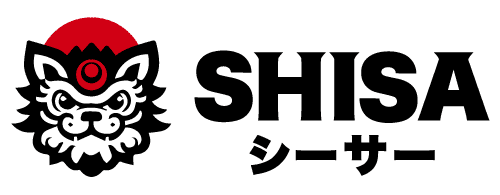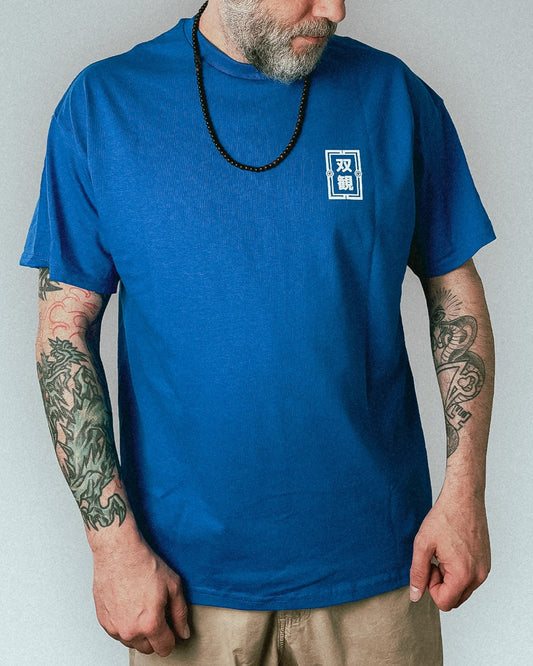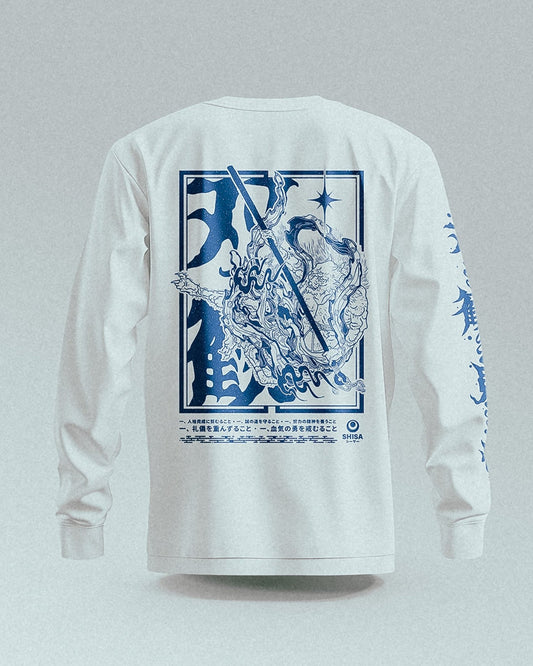
Combat Couture
Average reading time: 4-6 minutes
Recently someone posted a reell about the origins of japanese workwear pants and their design roots in european knickerbocker trousers. This made us think about the origin story of the dōgi and other combat uniforms. What influenced the choice of fabric? Are there reasons for a certain cut or style besides its looks? Why are we wearing, what we are wearing while training?
Just like martial arts evolved from battle-ready skills to structured ways of self-improvement, our uniforms transformed from simple everyday clothes into what we wear today.
Origins
The root of martial arts attire reaches back to the fields and workshops of East Asia where necessity drove both combat skills and what people wore. In Okinawa, the birthplace of karate, early training outfits were pretty much what farmers and fishermen wore on a daily base. Those sturdy, plain cotton clothes were mainly made to handle tough farm work. But its flexibility and strength also showed its advantages after all the hard work - while training in the dōjō.
In China’s Shaolin Temples, early kung fu practitioners sported their jiasha robes and yifu dresses — which fit the needs for both monastery life and training. The loose sleeves and wrapped fronts later influenced many other combat attire like the traditional kung fu uniforms with its frog buttons and mandarin collar.
Kanō’s Game Changer
The biggest shift in the evolution of martial arts uniforms happened around the 1880s, when Kanō Jigorō came up with jūdō. He combined traditional Japanese jujutsu techniques with new educational ideas and saw the need for standardized gear that would work for his new fighting style.
The judogi needed to be tough to handle all the throwing and grappling. And why white? Choosing a plain, white cotton made sure everyone could train together, without the class differences that old-school uniforms usually showed.
This design quickly became the go-to for other Japanese martial arts. Through the regular exchange of Gichin Funakoshi and Kanō Jigorō, Karate adopted the judogi and put its own spin on it. Becoming lighter and wider in its cut to fit Karate’s focus on striking.
External Forces
Even though the Japanese gi has had a huge impact worldwide, other regions had it their way. Chinese martial arts held onto parts of traditional clothing. There you will find fabric choices like silk and satin, seen for example in Tai Chi or modern Wushu. In FMA (Filipino Martial Arts) the emphasis was traditionally on practical application rather than formalized training. Therefor it is often conducted in everyday clothing to prepare practitioners for real-world self-defense scenarios.
Environmental factors have shaped martial outfits as well — heavy fabrics in colder regions and light fabrics in humid and hot climates like the sarong-like garments of Indonesian pencak silat fighters. This climate adaptation influences not just what was worn, but how techniques and movement develop which can vary within one style depending on the region it's school is located. The harmony between uniform and technique represents centuries of refinement. Where form and function evolved together through the collected knowledge of generations.
Thanks for reading. Stay curious!







